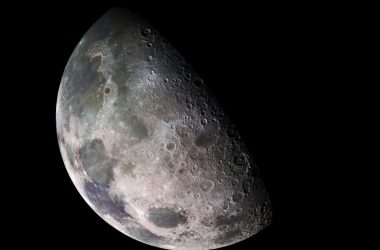The James Webb Space Telescope’s infrared image of the galaxy cluster El Gordo
NASA, ESA, CSA
Galaxies in the early universe have lower amounts of metals than predicted. Recent observations from the James Webb Space Telescope (JWST) reveal that these galaxies do not conform to a basic rule of galaxy evolution, as observed in the relatively nearby universe.
Kasper Heintz and his colleagues at the University of Copenhagen in Denmark used JWST to study 16 galaxies that formed within the first 750 million years after the big bang. They discovered that these galaxies contain lower levels of heavy elements, known as metals in astronomy, compared to what would be expected based on our understanding of closer galaxies.
Heintz states, “The physics that governs galaxy formation and evolution during these early epochs must be significantly different from what we observe today.” While some simulations predicted this phenomenon, and other observations hinted at it, this is the first direct evidence.
The observations suggest that these galaxies are diluted with pristine gas that lacks metals. They likely form with relatively low but not unusually low metal abundances. They then acquire gas from their surrounding intergalactic material.
This implies that these galaxies are not as independent from their surroundings as the ones we see in the nearby universe. Heintz explains, “If we are to understand galaxy evolution at the earliest epochs, we can no longer consider them as individual ‘ecosystems’. We need to take into account their close connection to the surrounding intergalactic or circumgalactic gas.”
This is not the first anomaly observed by JWST in early galaxies. The telescope has also found that these galaxies are much more massive and abundant than previously expected. The new observations may further challenge our understanding, as the large amounts of gas required to dilute early galaxies would make them even more surprisingly massive.
Topics:
- galaxies/
- James Webb space telescope












